Smart home automation refers to the use of technology to monitor, control and automate various home functions like lighting, temperature, security, and more. The goal of smart home automation is to make everyday tasks easier while also saving time, energy, and money for homeowners.
Smart home technology has been slowly developing over the past few decades but has quickly advanced more recently with the growth of voice assistants, IoT devices, and AI integrations. Increased interest and adoption of smart devices along with greater connectivity options throughout the home has helped drive the popularity and capabilities of home automation systems.
The Main Benefits of Smart Home Automation
With so many options and expanding capabilities, smart home automation has appeal and benefits that can be customized to wide range of homeowners and living situations.
Convenience and Accessibility
Remotely control systems through your smartphone, tablet, computer or custom wall panels. Automate actions like turning lights on/off to create a greater sense of convenience. Integration with other smart devices also improves accessibility for those with mobility challenges.
Energy Efficiency
Smart home technology helps homeowners reduce energy waste through automated lighting, thermostats, and appliance settings. This can lead to significant cost savings over time. Occupancy sensors ensure unused rooms aren’t being heated or cooled unnecessarily.
Safety and Security
Features like real-time home monitoring, motion sensors, and smart locks provide people with greater peace of mind about what is happening in and around their home when they are away or during emergency situations. Receive alerts for potential dangers or hazards as they occur. Integrate emergency response systems with smart home devices.
Use cases of smart home automation include everything from simple lighting control to full control and automation of a home’s atmosphere, security, media, and entertainment systems. Potential also exists for health/wellness monitoring, and integration with elderly care or systems for people with disabilities.
Popular Smart Home Devices
Smart home automations devices are changing the way we interact with our homes. Some of the most popular types of smart home devices include:
Smart Speakers
You can control many aspects of your home through your voice using smart speakers like Alexa and Google Home. Smart speakers let you perform tasks like adjusting your thermostat, controlling your lights, playing music, getting weather reports, and more completely hands-free. Popular models include the Amazon Echo line and Google Nest speakers. These AI-powered assistants constantly get smarter through software updates and new skills.
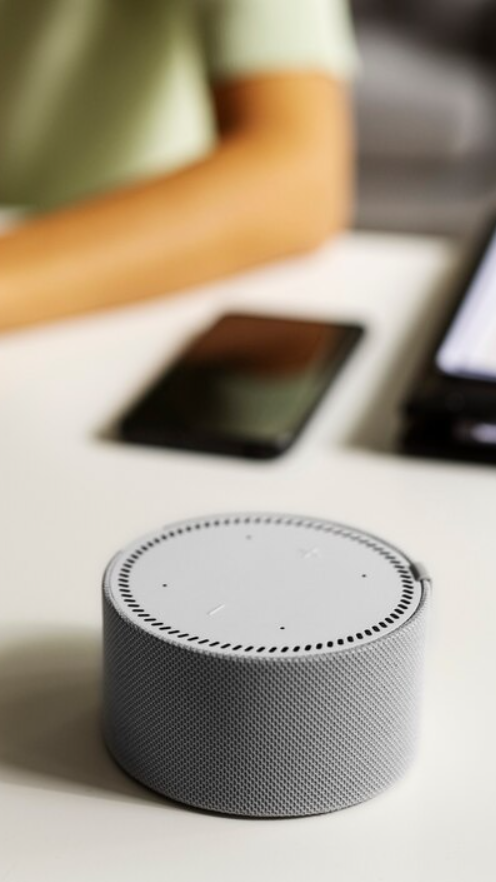
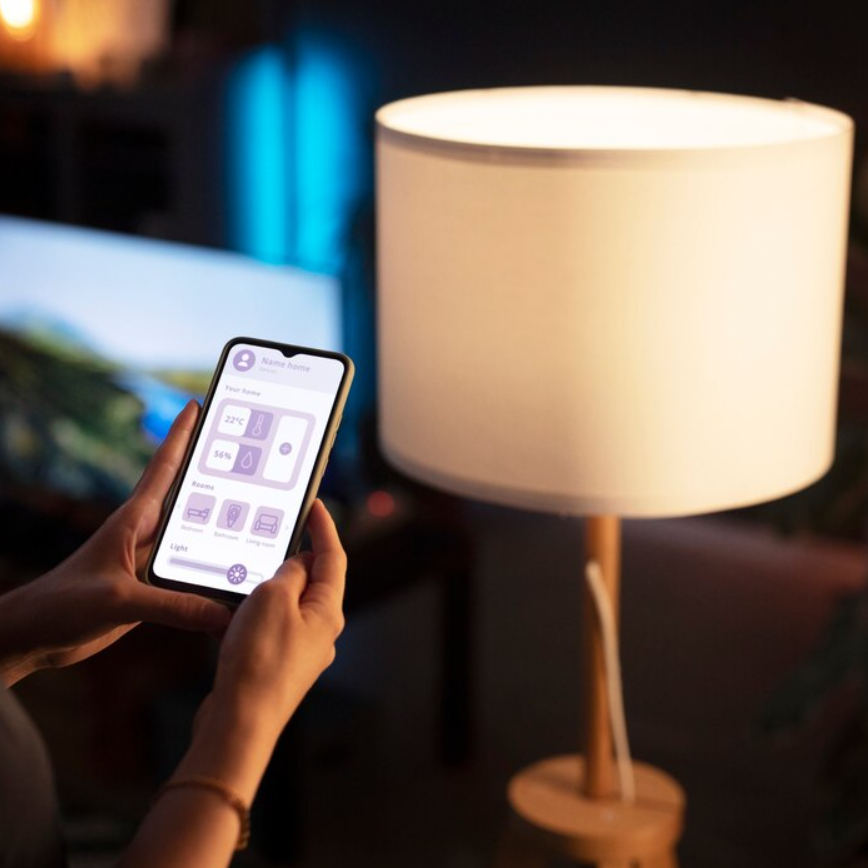
Smart Lighting
Smart lighting systems like Philips Hue and LIFX give you greater control over the lighting in your home. You can adjust the color, dimness, timing and more for your bulbs through your phone or voice assistant. Smart lighting allows remote control lighting whether you’re home or away, and allows you to set schedules, automation triggers, and lighting scenes to fit your lifestyle.
Smart Thermostat
Smart thermostats like Nest and Ecobee let you more easily control the temperature in your home for comfort and energy savings. These devices can be adjusted remotely through your phone, can detect when you leave the house to go into an Eco mode, and use built-in sensors and artificial intelligence to learn your schedule and temperature preferences automatically, optimizing heating and cooling over time.
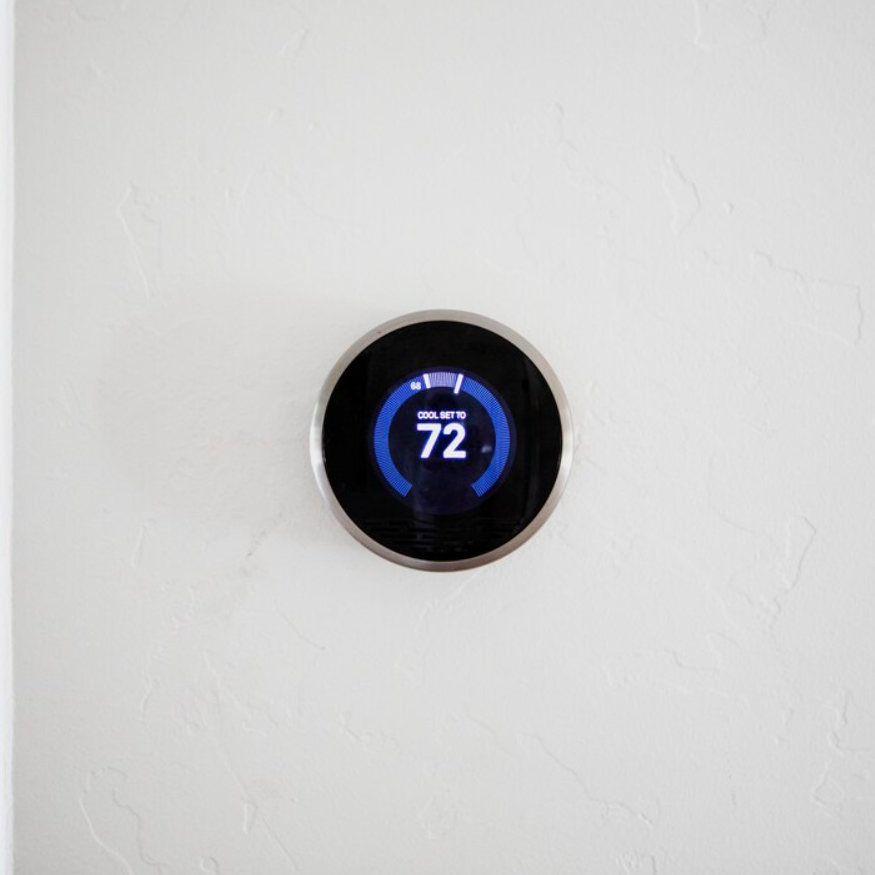
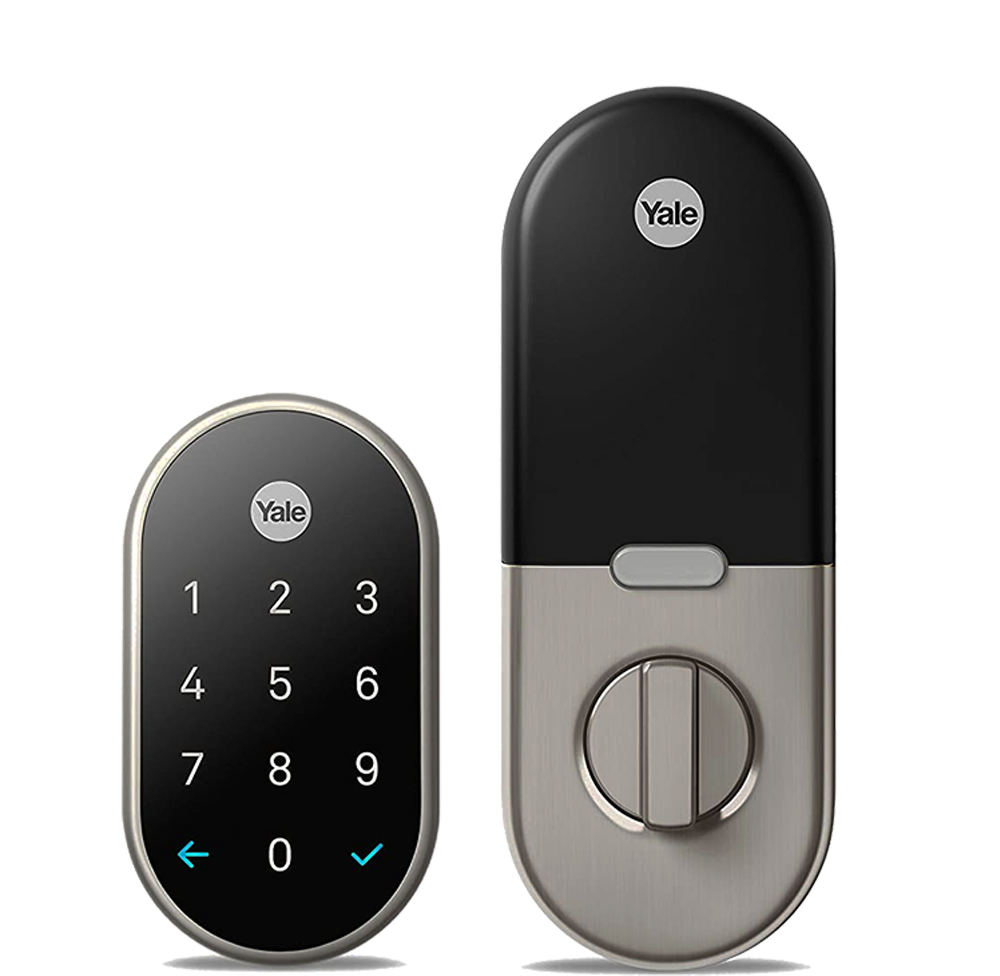
Smart Locks
Smart locks allow keyless entry into your home. Using your phone and an app, smart locks enable you to remotely lock and unlock your doors as needed, grant virtual guest keys, and receive notifications when someone comes and goes. This allows convenience while keeping your home secure.
Smart Appliances
Smart appliances allow increased control, notifications, diagnostics, and more through Wi-Fi connectivity and companion mobile apps. Brands like Samsung, LG, GE, and Whirlpool now offer options like refrigerators that track expiration dates, send alerts if a door is left open, or allow remote control of temperature and settings from your phone.
Whole Home automation Systems
Whole home automation systems are what you think of when entire homes are integrated and automated together with the lights, security, HVAC, entertainment, etc. These complete systems allow every aspect and device in your home to be connected and function together for automation, control, and convenience.
Some of the most popular home automation systems include:
Control4
Control4 is a professionally installed and integrated smart home system that ties together lighting, security, music, climate control, and other devices on a single platform that can be controlled remotely. Control4 systems require professional installation and integration.
Savant
Similar to Control4, Savant offers high-end professionally installed home automation to control lighting, shading, multi-room audio, video, security, and climate. Savant systems also enable control through home automation apps and voice control.
Creston
As an end-to-end smart home provider, Crestron designs advanced automated solutions for lighting, shading, audio/video, climate, and security. Crestron systems are also professionally installed and allow control through apps, touch screens and voice assistants.
Many home security systems like ADT, Vivint and Ring also offer different levels of integration and compatibility with other smart home devices and systems. This allows your home’s security platform to connect with things like lighting, locks, cameras, thermostats, and garage door openers for whole home control and automation.
Voice Control and Smart Assistants
Connecting your gadgets is only half the equation – controlling them easily is essential too. That’s where smart assistants come in handy. These virtual assistants allow you to use voice commands to operate compatible smart devices.
Amazon Alexa
Amazon’s Alexa is one of the most widely used smart assistants. Alexa can be installed on Echo smart speakers or other Alexa-enabled devices. With Alexa, you can control lighting, music, temperature, security systems, and a whole lot more.
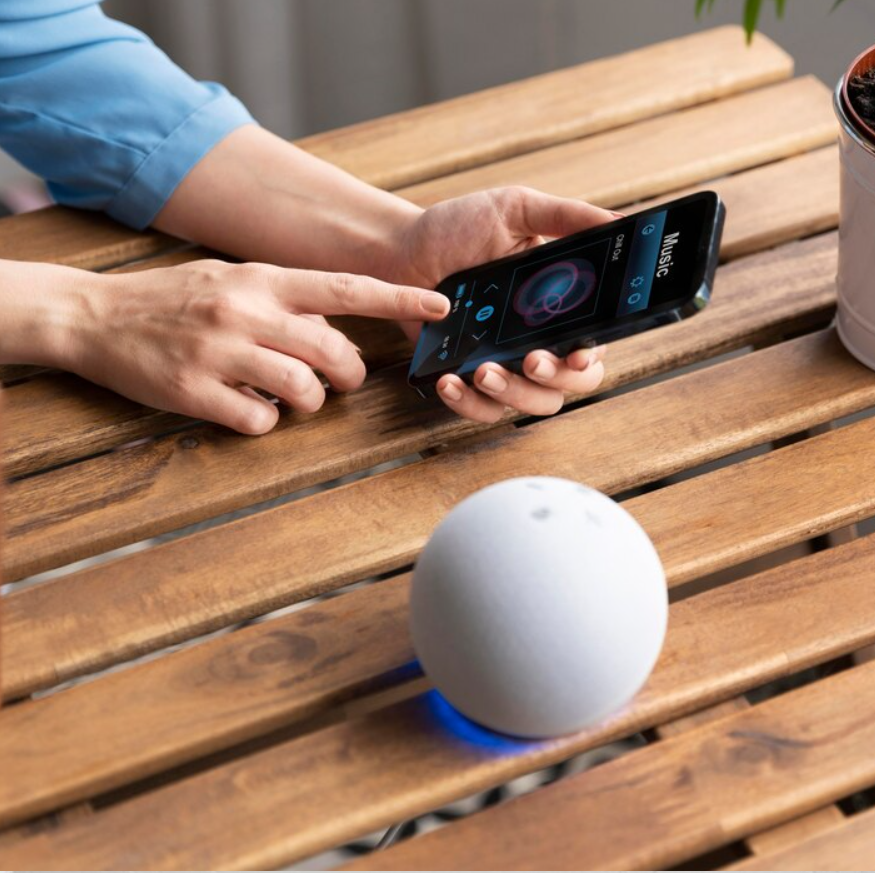
Google Assistant
Google also offers a voice-based assistant for Android phones and Google Home smart speakers. It offers similar functionality to Alexa when it comes to smart home control of major brands.


Apple Siri
Don’t have an Android or Amazon device? No worries. iPhone users can take advantage of Siri, which is built into iOS. While it may have fewer direct integrations, Siri can still control HomeKit-compatible smart home devices.

Microsoft Cortana
Microsoft’s Cortana assistant is available on Windows devices and works with many smart home manufacturers. While it’s not as fully featured as Alexa or Google Assistant for home automation, Cortana does offer the basics like lighting, temperature, and music control.
Smart Home Compatibility
Smart home devices come from many different manufacturers. This can lead to compatibility issues for consumers. Some devices like Nest, Philips Hue, and Alexa have open software development kits that allow other devices and apps to integrate with them. Other devices are more proprietary in nature and only work within their own ecosystems.
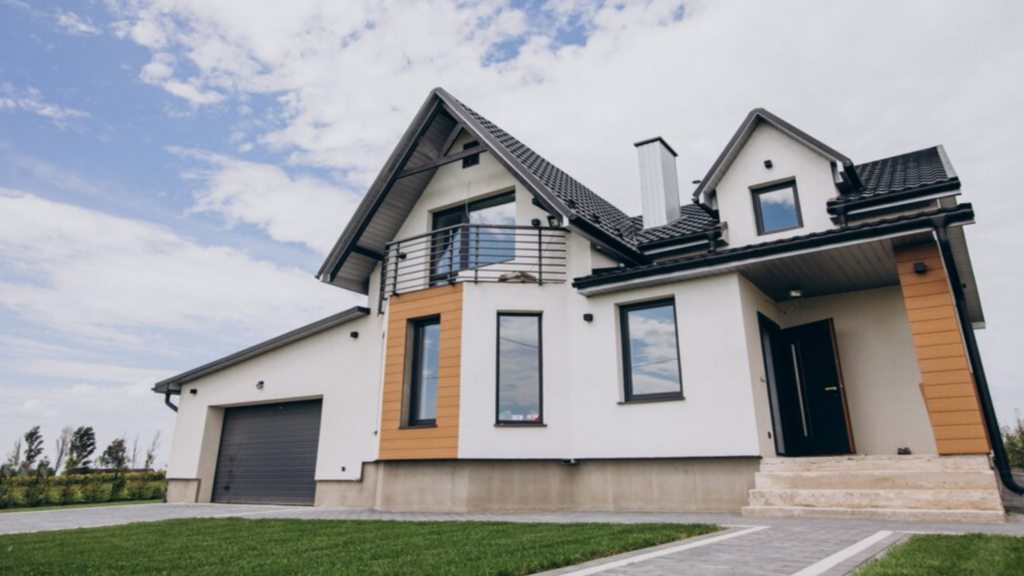
Standardization helps compatibility but is still lacking in the smart home marketplace. Beyond hardware protocols, many smart home devices are controlled via mobile apps. Apps from different brands usually don’t integrate. While smart home technology has advanced far, interoperability remains a challenge. Users often choose either to commit to one device ecosystem or to experiment a bit with different standards to get their gear to work together.
Privacy and Security
Smart home devices like security cameras, sensors, speakers, and more come with the risk of privacy and security issues. Fortunately, users can manage this risk with a few smart practices. Users should carefully review privacy policies before purchasing a smart device to understand what data is being collected and how it will be used. Opting out of data collection or choosing devices focused on privacy can help mitigate risks.
Best practices for smart home security include:
> Research devices and buy from security-focused brands
> Use unique passwords and enable multi-factor authentication
> Limit remote access features whenever possible
> Maintain firmware/software updates
> Create separate user accounts instead of sharing credentials
> Connect devices to a separate IOT network instead of the primary one
> Use reputable security apps to monitor for threats
No system is 100% secure, but staying informed on risks and following best practices greatly improves smart home privacy and security.
The Future of Smart Homes
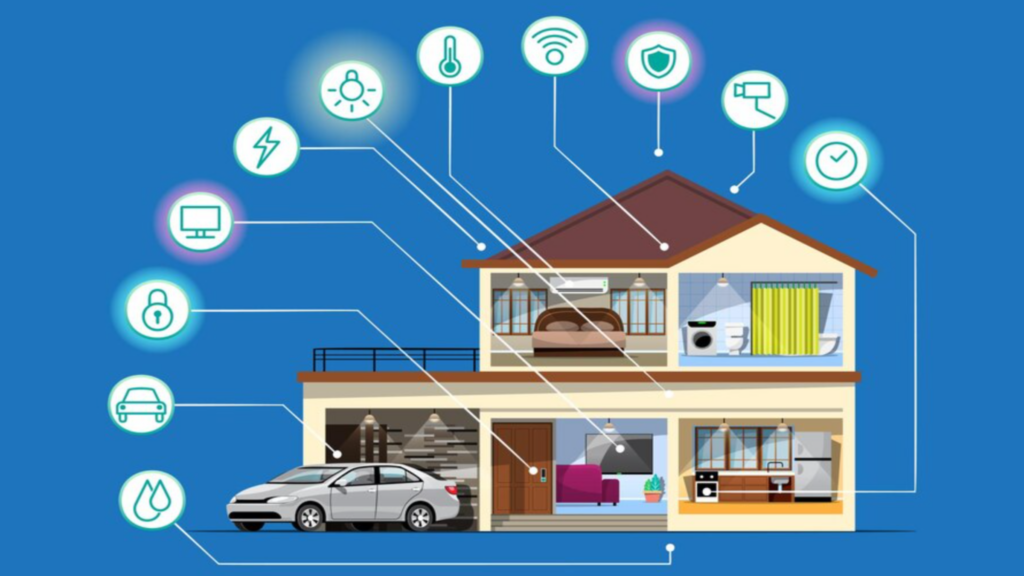
Smart home technology is advancing rapidly. Here are some key future trends to watch for:
AI and Predictive Automation
Home automation systems are incorporating AI and machine learning to better learn residents’ habits and anticipate their needs. For example, smart thermostats and lighting can automatically adjust at certain times or in response to behaviors, without the need for explicit commands.
Expanded Voice Control
Voice assistants like Amazon Alexa, Google Assistant, and home assistants will continue expanding the types of devices and capabilities accessible through spoken commands. You may be able to directly control more security settings, appliances, vehicles, and entertainment options via voice commands in the future. Interoperability between devices and systems is also improving.
Integration with Other IoT Devices
Smart home platforms may integrate more fully with wearables, appliances, vehicles, and other internet-connected devices through IoT. For example, your smart watch could automatically open the garage door as you are near home. Or your fridge could sense spoiled food and add items to your shopping list. These types of automated cross-device capabilities provide increased convenience, efficiency, and seamlessness in our increasingly tech-filled lives.
Getting Started with Smart Home Automation
Getting started with smart home automation can seem overwhelming at first. Take time to think about which devices and systems you want to automate, and what your top priorities are. For example, do you want to save energy by automating heating and cooling? Improve security with smart locks and cameras? Add convenience by using voice commands for music, lights and more? Focusing on your key needs upfront helps guide your technology choices.
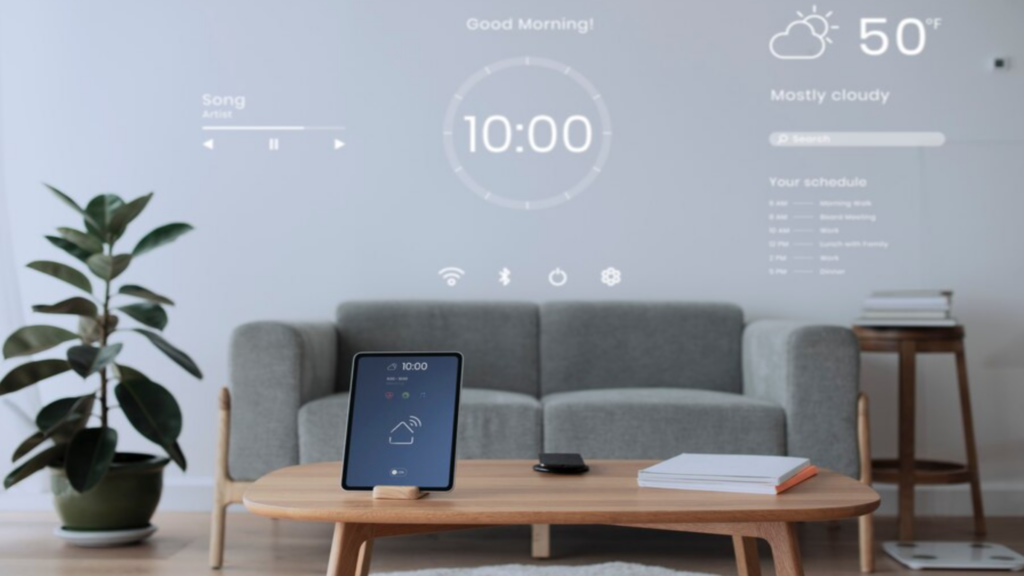
It’s important to choose devices that work with your existing home systems and standards. If you use Android, look for devices compatible with Android or Google Assistant. For Apple, select accessories that work with HomeKit. Better yet, some devices and systems now work with multiple platforms, making cross-compatibility easier. Also consider whether you want separate stand-alone smart gadgets, or a comprehensive solution from a single provider. Both options have pros and cons to weigh.
Some smart home devices are truly plug-and-play, connecting simply to Wi-Fi. But others may require more complex wiring or compatibility with your home’s existing infrastructure. For more advanced projects like smart lighting, locks and surveillance cameras, you may need to hire an electrician and smart home installer. They can handle messy wiring, specialized connections and cloud/app account configuration so you don’t have to. Research certain products and their installation requirements before purchasing.
Make Smart Home Automation a Part of Your Life Today!
As we’ve seen, smart home automation can provide great convenience and efficiency by allowing you to control and manage your home devices remotely and through voice.
The key things to consider when getting started in smart home automation is ensuring compatibility between the devices and platforms you want to use. Evaluate what’s most important to automate for your home and lifestyle. Also be aware of any ongoing costs with subscriptions to enable certain features.
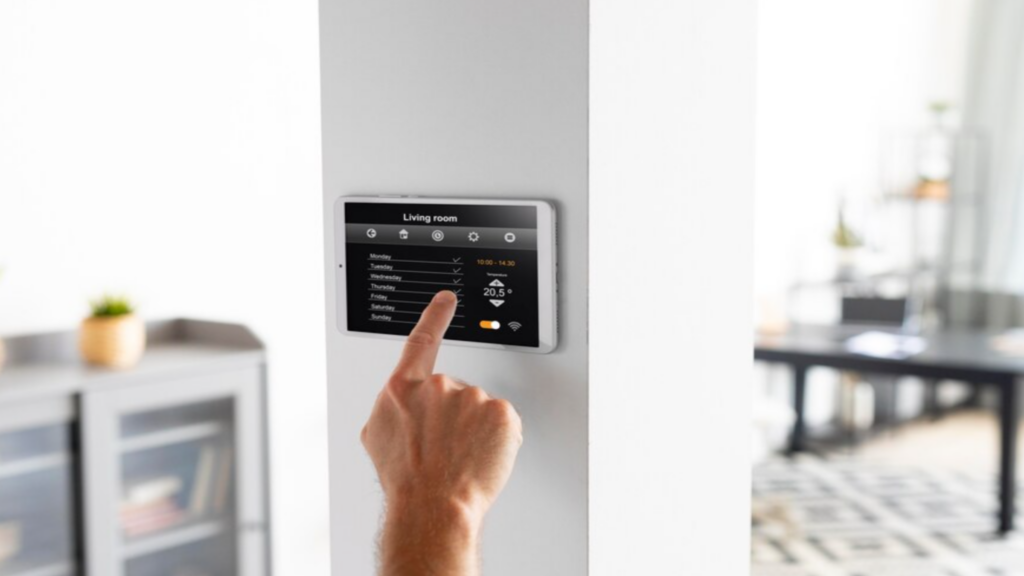
Privacy and security are always important with any IoT devices, so do research on the providers’ policies and settings that can help keep your home and information safe. Overall, a successful smart home setup requires some planning and forethought but can then provide hands-free control, energy savings, safety assurances, and other practical benefits for years to come.
In conclusion, embracing smart home automation transcends the ordinary and propels your lifestyle into a realm of unparalleled convenience. If you have additional questions about how smart home automation can help improve your day-to-day life, contact one of Provincial Smart Home Services’ expert energy advisors and they will be more than happy to help!
Related Posts
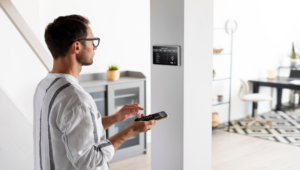
How a Smart Thermostat Can Make Your Home More Efficient
A smart thermostat helps make your home energy efficient. We discuss benefits, how they work, and tips for choosing the right model for you.
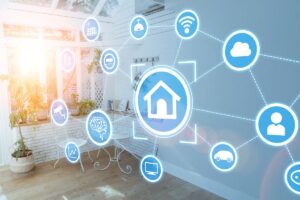
7 Amazing Benefits Of Automating Your Home With Smart Technology
We review 7 amazing benefits that you receive from automating your home with smart technology and how to implement changes today.
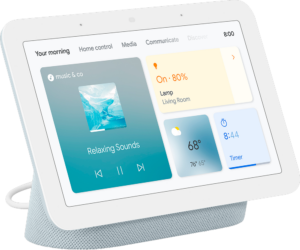
Smart Hub
Connect and manage all your smart devices seamlessly through a central hub, creating a harmonious smart ecosystem.

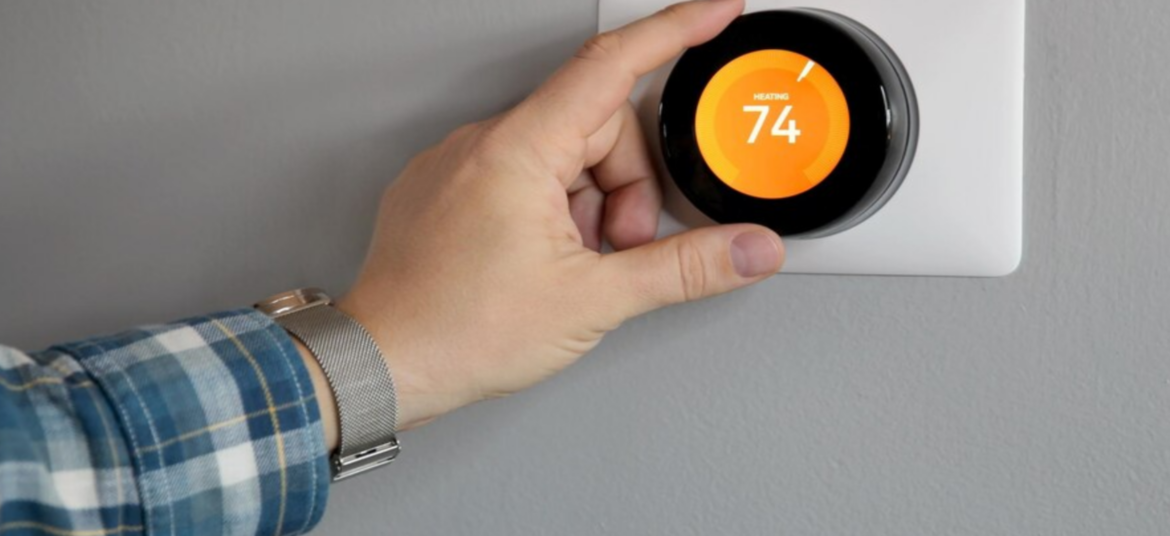
No Comments